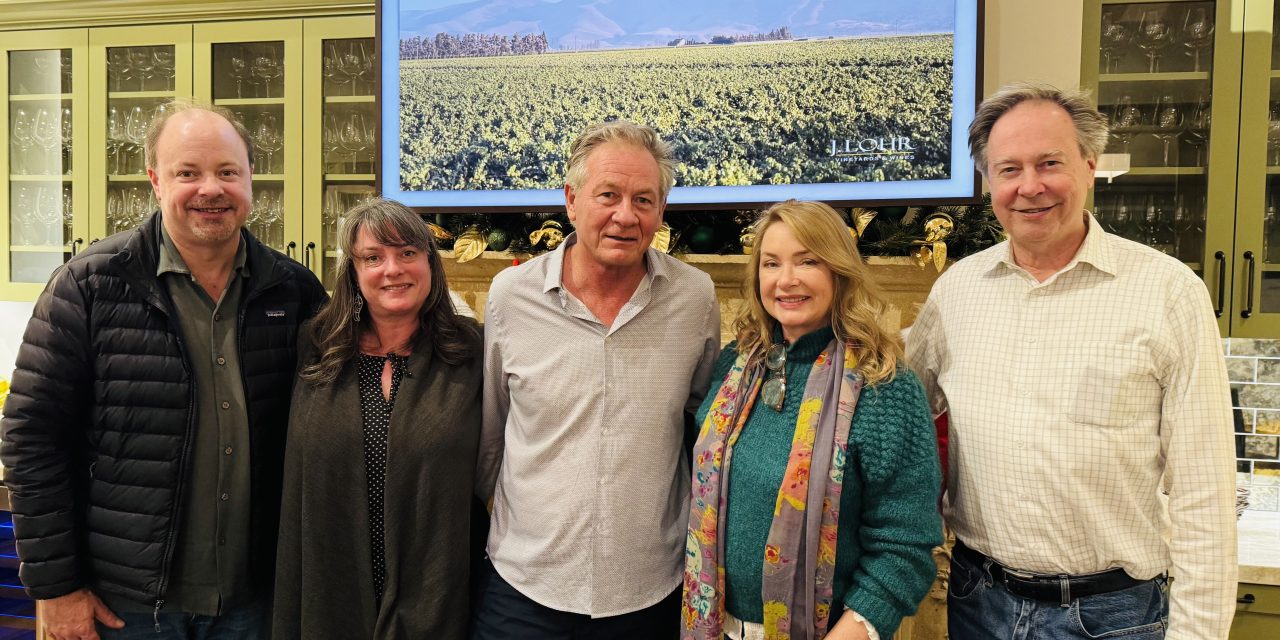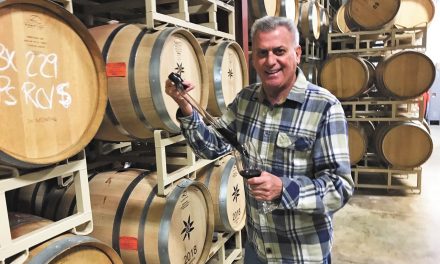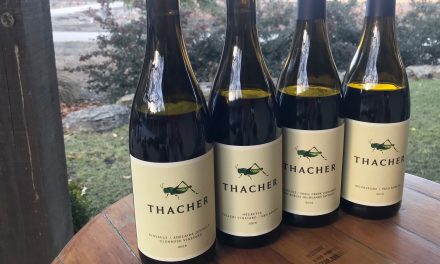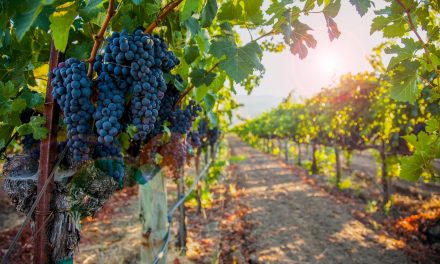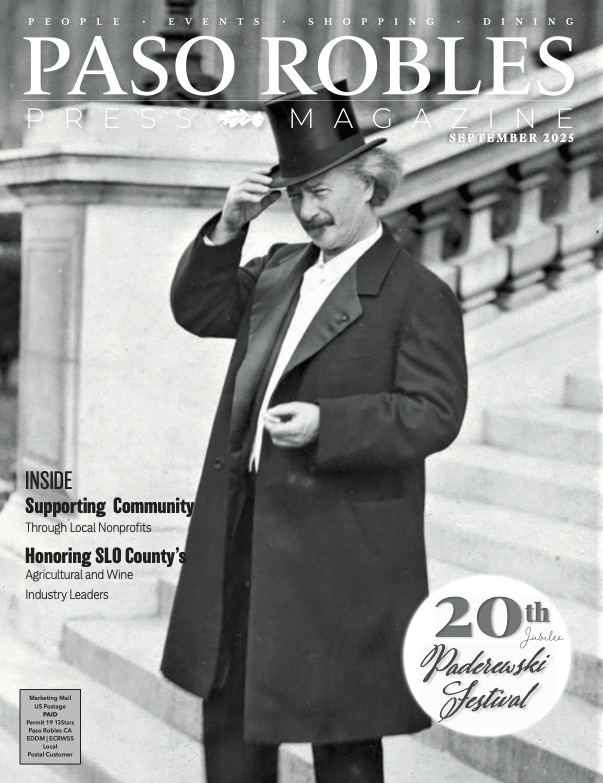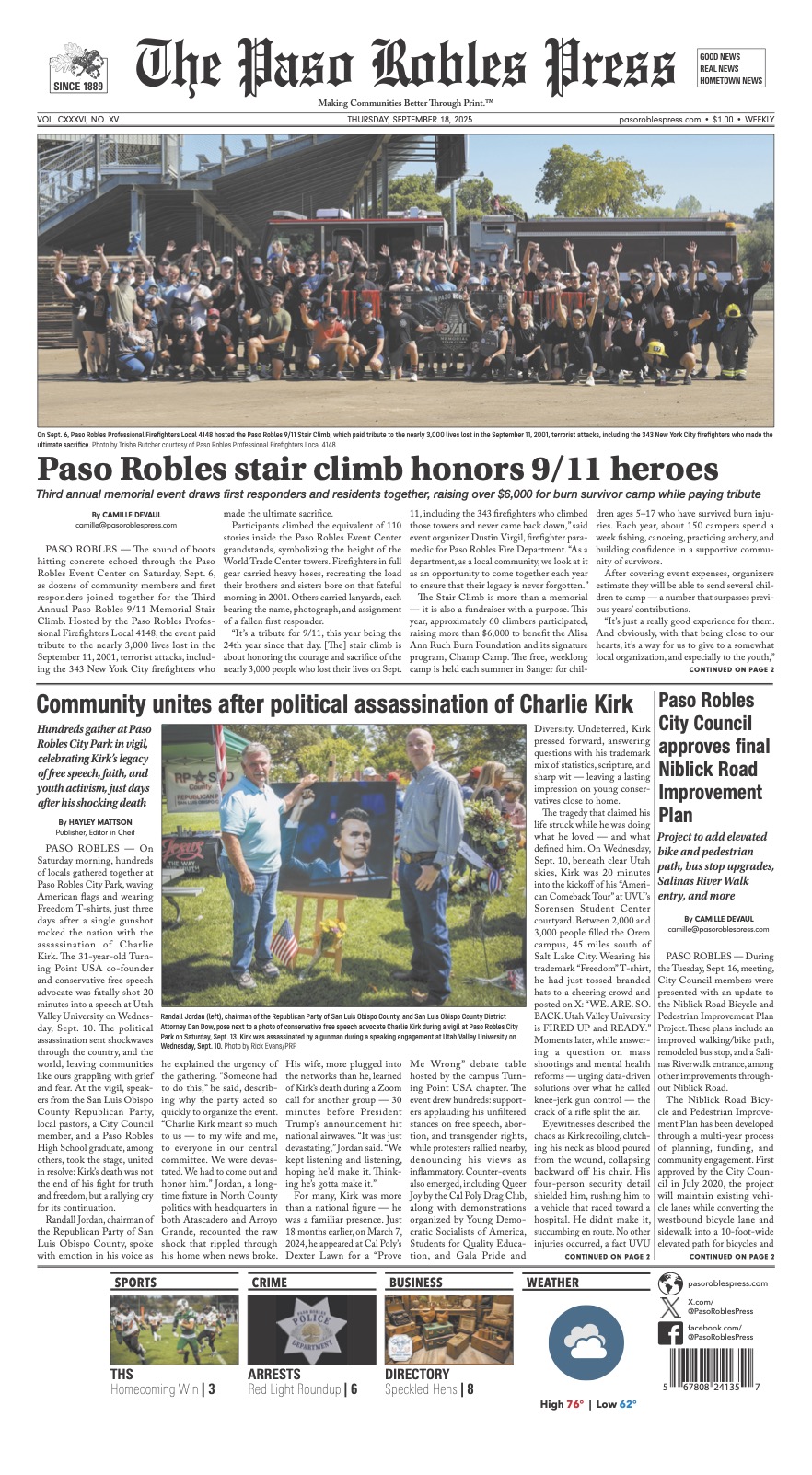J. Lohr Vineyards & Wines began as a quest.
In the late 1960s, Jerry Lohr, a Northern California real estate developer and master builder while searching for new wine growing regions recognized the potential in Monterey County’s Arroyo Seco region. There was no Arroyo Seco AVA when he planted the original 280 acres to eleven varieties in 1972 and ’73. The J. Lohr winery followed a year later in San Jose.
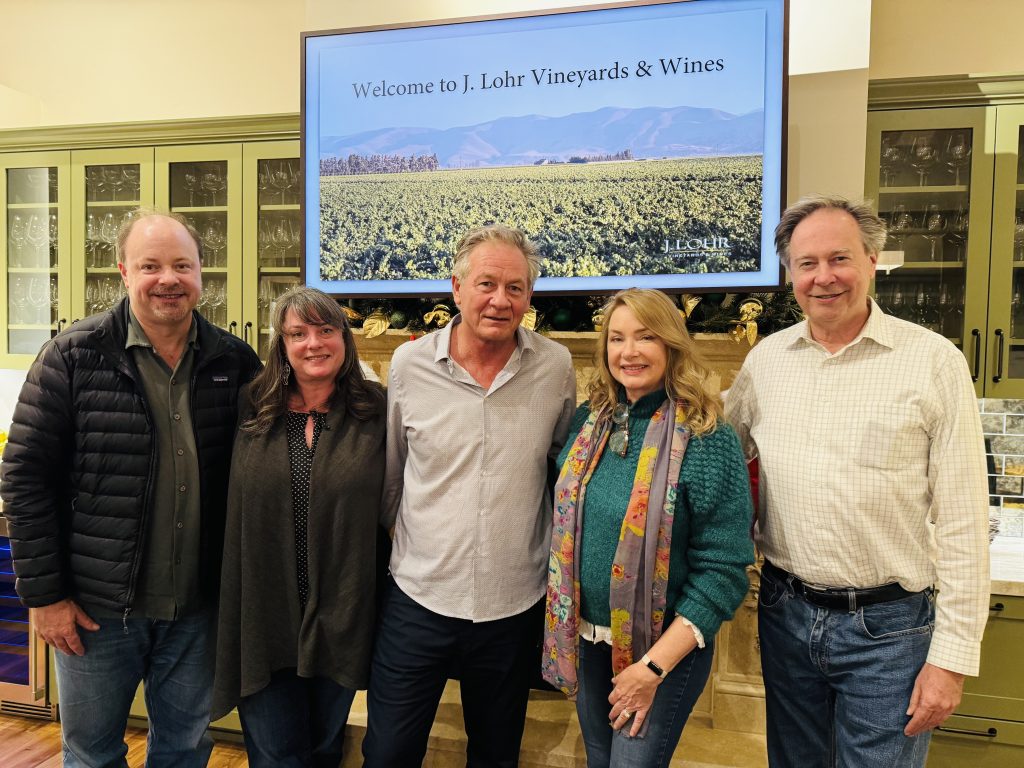
Photos: Mira Honeycutt
Today, with an annual production of 1.6 million cases, a global distribution in 31 countries and a 41-bottling portfolio ranging from consumer-friendly per-bottle pricing from $13 to $100, the J. Lohr Vineyards & Wines ranks as the 21st largest family-owned-and-operated winery in the US.
I met with the three Lohr siblings late one afternoon at the scenic J. Lohr wine center on Paso’s east side. The Lohrs — CEO and President Steve, Chief Brand Officer Cynthia and COO Lawrence in charge of the vineyards — along with V.P. of Winemaking Steve Peck, who has been with the winery since 2007, had emerged from a two-day immersive tasting of 123 red wines, blends and varietals from the 2024 vintage. Jerry, who turned 88 on January 1, had already returned to San Jose to get home before dark.
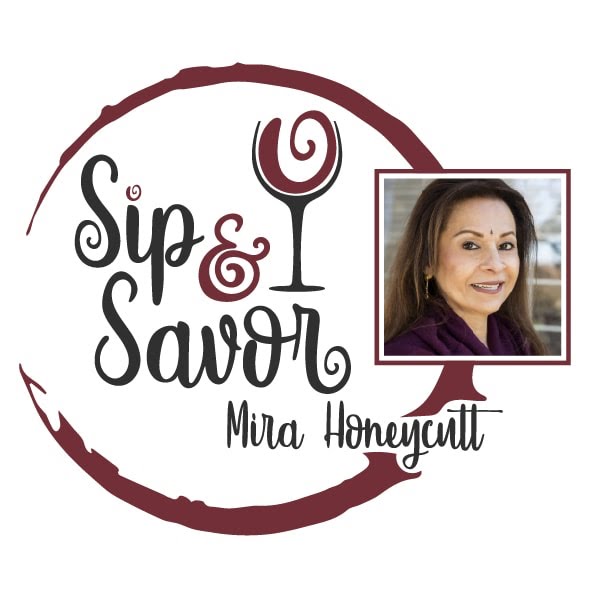
The siblings are bonded by a deep respect and honor for their father. According to Lawrence, among the many skills of his father, who earned a Master of Science in Civil Engineering from Stanford University in 1959, was his knack for choosing perfect vineyard sites.
“Jerry, a farm boy from South Dakota — which he still is — has as his greatest skill the ability to identify vineyard spots,” asserted Lawrence. “That’s why we’re here today.
“He looked for land in chosen areas where he could match climate to soil to clone to rootstock. And that has been the biggest strength of this company: that we have planted things into the ground in places where they grow best.”
Over 50 years, vineyard planting has grown. J. Lohr owns and manages 1,065 acres in Monterey County’s Arroyo Seco, 3,000 acres in Paso Robles and 31 acres in Napa’s St. Helena AVA.
J. Lohr’s vast portfolio ranges from Bordeaux and Rhône-style blends and varietal wines from Paso Robles and Napa to Pinot Noir and Chardonnay from Monterey County. There are also small plantings of untraditional varieties such as Bordeaux’s rare Saint-Macaire bottled as a varietal wine.
“We have more acres of this than all of France,” Lawrence mused. He enumerated: France has six to J. Lohr’s 17 acres of Saint-Macaire in Paso. He added that J. Lohr is the largest producer in Paso of Valdiguié, a grape native to Southern France.
But it’s the well-made, vineyard-driven Paso Cab that the siblings pride themselves on. “That is the mantra we carry forward that was established by Jerry in the 1980s,” Lawrence said of the family’s flagship wine.
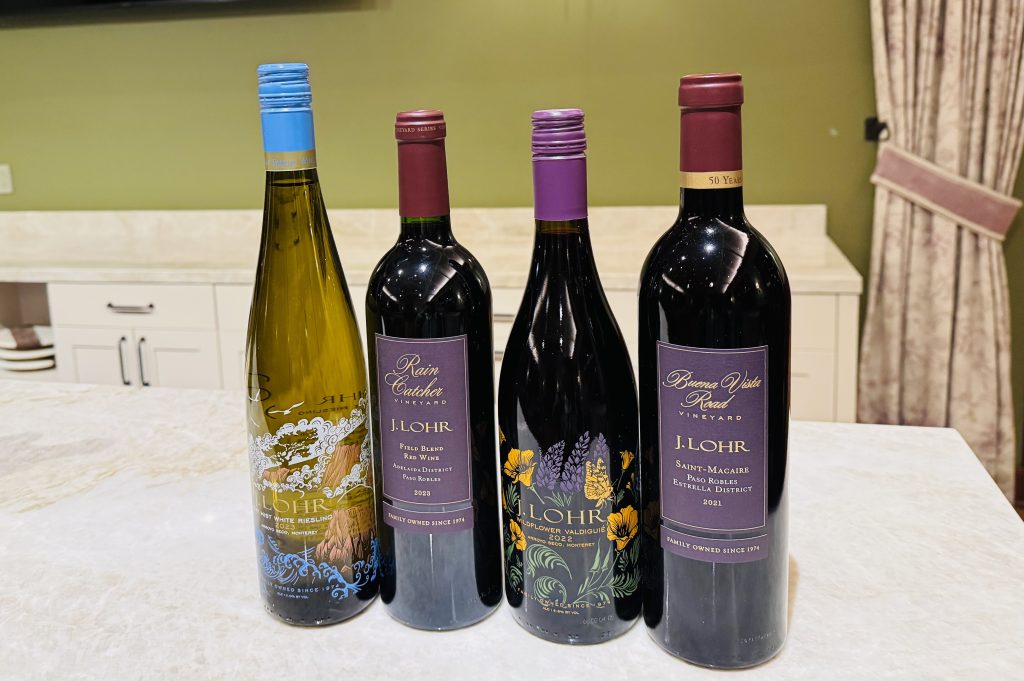
While Jerry had planted Burgundian varieties in Monterey County, his love for Cabernet Sauvignon drew him to Napa Valley. In 1984, he planted Carol’s Vineyard (named for his late wife) to Cabernet Sauvignon in Napa’s St. Helena AVA. “As good as that was, we didn’t want to be a small fish in the big pond that was Napa,” Steve explained. “We love Napa but we saw the promise in Paso.”
That promise was realized when Jerry, in 1976 tasted a glass of Cabernet Sauvignon made by Paso pioneer Gary Eberle, winemaker at the time at Paso’s Estrella River winery.
“It was my Cab that piqued his interest,” recalled Eberle in a phone conversation. Jerry began sourcing grapes from that vineyard which later led to him to plant his own vineyards in Paso.“He helped lead us to this area,” agreed Jerry’s son Steve about Gary’s visionary Cab.
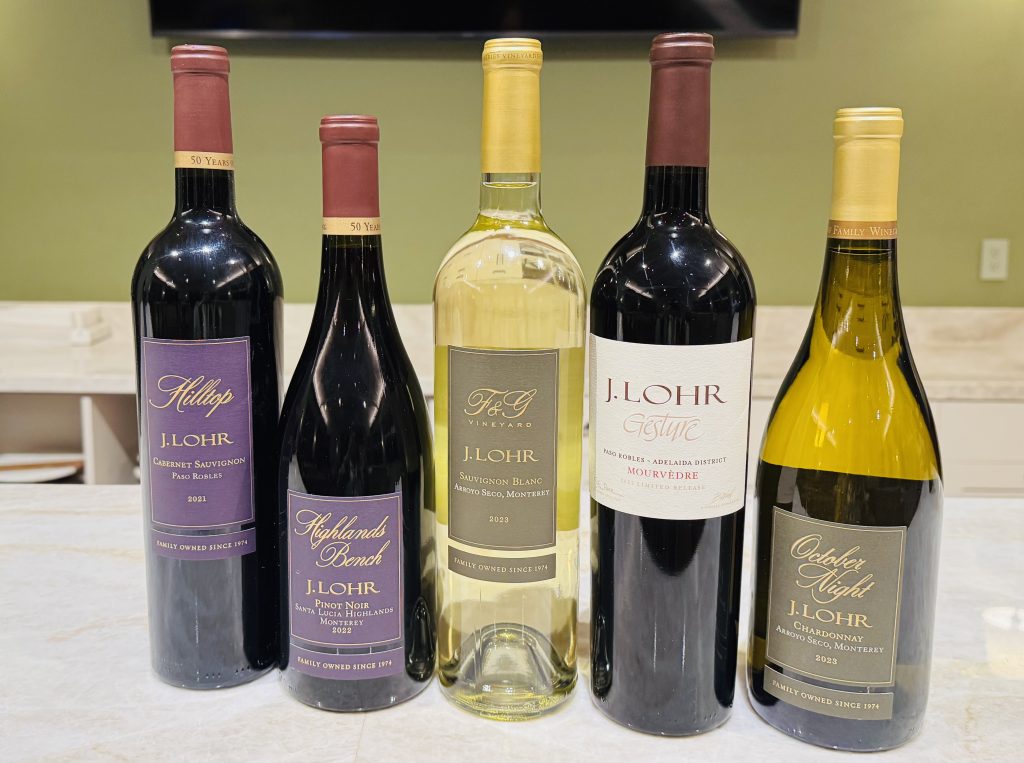
However, the achievements of the Lohr family continue to confound Eberle. “As a businessman, the Lohrs are the people I love to hate,” he mused. “Because nobody in the industry can make the quality of wine they do and the volume of the wine they make. And they’re so damn nice. I don’t know how you can be any nicer unless you’re a Disney character.”
Our tasting of two different flights was conducted by Darrell Marcus. The Legacy Tasting presented J. Lohr’ signature Bordeaux-style wines, starting with the richly textured three-tier Cuvée series paying homage to Bordeaux’s Right and Left Banks. These are the classic Cabernet Sauvignon-dominant Cuvèe Pau; a Merlot-driven Cuvée Pom; and a Cuvée St. E, led by Cabernet Franc.
This was followed by a black cherry-layered Cabernet Sauvignon from Carol’s Vineyard. The deep-hued Home Ranch Petit Verdot rounded off this tasting. All were from the 2021 vintage.The Seasonal tasting included three wines from Arroyo Seco — a 2023 Sauvignon Blanc and Chardonnay; and the 2022 Pinot Noir. Two Paso Robles reds included the 2022 Gesture Mourvèdre from Adelaida District and the 2021 Hilltop Cabernet Sauvignon.
The range of these wines expressing J. Lohr’s signature is what stuns Eberle: a consistent price-conscious quality wines crafted by Peck and his team, Red Winemaker Brenden Wood and White Winemaker Kristen Barnhisel.
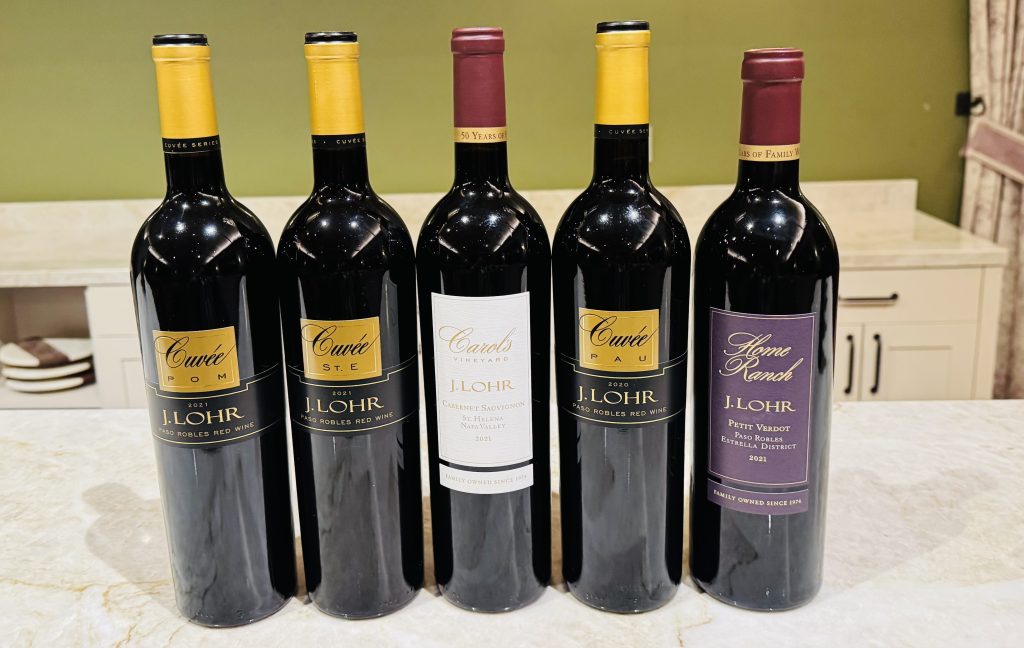
“Regardless of the wine you purchase we have a reputation that for the price point J. Lohr always over delivers,” said Lawrence. That includes the consumer-friendly large volume brands like Seven Oaks and Riverstone “It has a lot to do with the vineyards and what we do in the winery,” insisted Lawrence.
Our conversation led to other topics such as the current dip in consumer sales and the rise of zero-alcohol wines. Cynthia, in charge of marketing and product visibility, commented that while consumer preferences will always fluctuate, “there are many initiatives [underway in the company] to inspire and bring consumers together in the enjoyment of wine.” Crafting wines for over half a century the company is fiscally prudent and focused on a long-term vision, she noted.
As for alcohol-removed wines, J.Lohr was ahead of its time when the Ariel brand debuted in 1985 with some 12 wines, now paired down to two — Chardonnay and Cabernet Sauvignon.
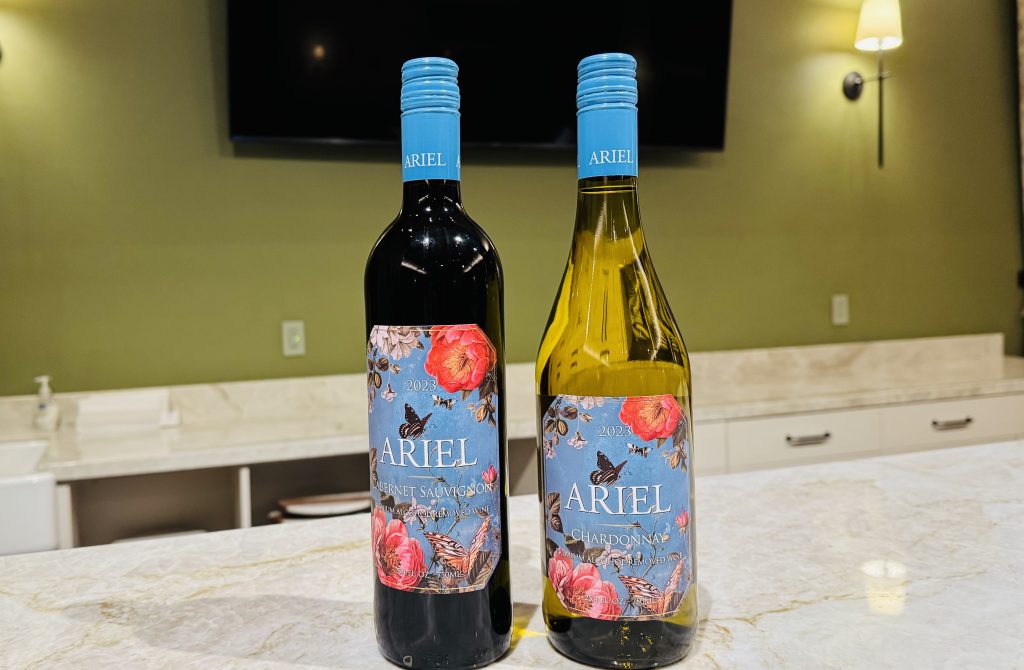
“We were on the cutting edge of technology which is reverse osmosis filtration in the 1980s,” said Lawrence. The wine is fermented and barrel-aged before having the alcohol removed. “You’re removing the alcohol but not burning out the alcohol so the quality of wine is not compromised and keeps the structure of the wine.” With the current wave of the sober-curious movement Ariel sales are increasing 14 percent annually, added Steve.
As a final touch to the tasting Peck suggested the 2023 Rain Catcher field blend. “We hand-harvested 19 boxes of Mourvèdre, nine of Grenache and two of Syrah, then dumped all the boxes and fermented them as a blend,” said Peck.
The richness of the cohesive blend was much like the close-knit siblings who wear the deep love and respect for their late mother Carol and their father Jerry like a warm cloak.
The siblings believe the success of the brand owes to the foundation laid by their parents. “Our father is truly a singular figure because he’s always done everything with an eye toward sustainable business practices,” said Lawrence. “That’s been amazing for us to continue forward as a legacy.”
PASO ROBLES PRESS MAGAZINE
Copies of Paso Robles Press Magazine are directly delivered to 23,000 readers in zip codes 93446, 93451, and 93465 and 2,000 dropped with support from advertisers and subscribers. Together, we are Making Communities Better Through Print.™
To subscribe or advertise, click here.

